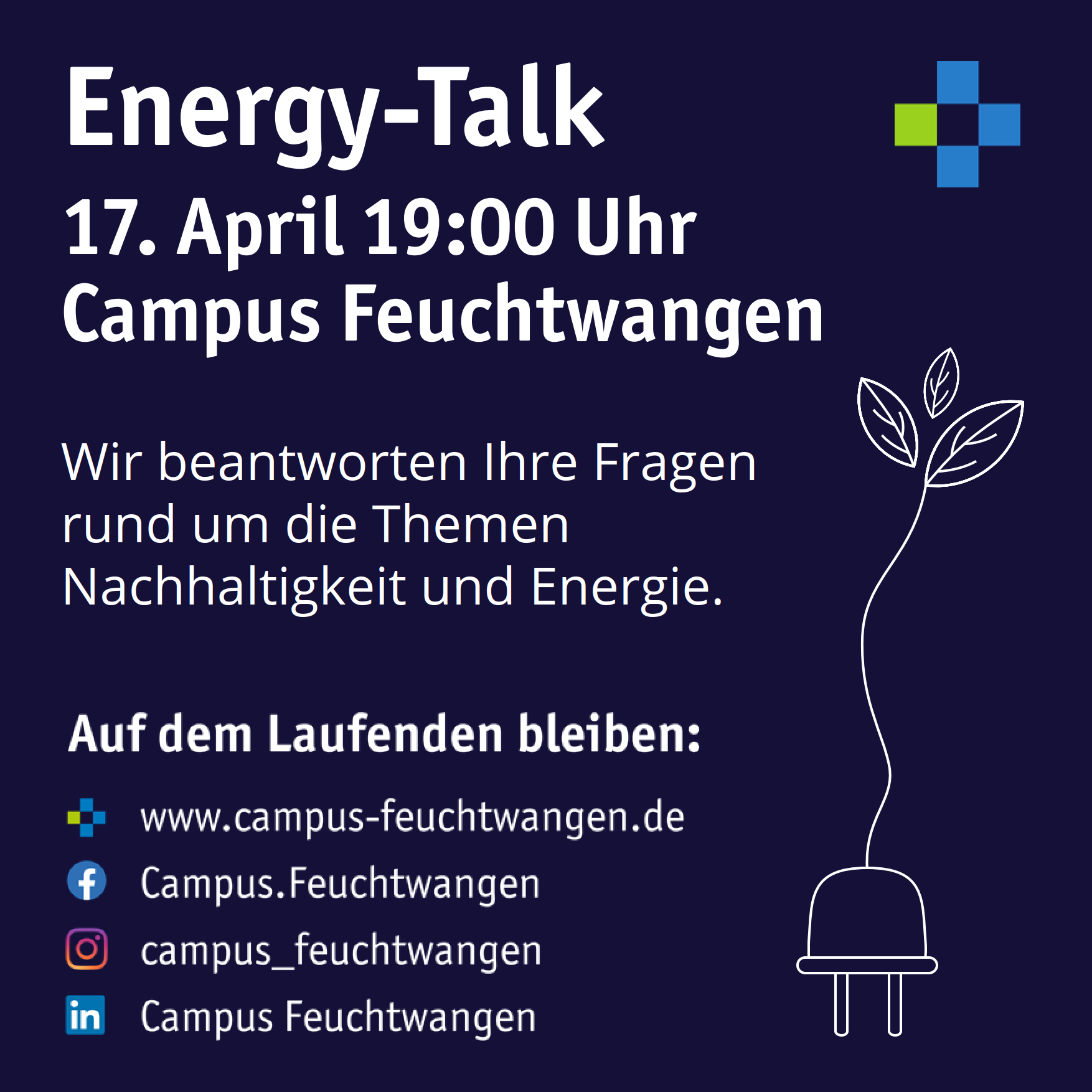Home-Energy-Management Systems (HEMS)
Thomas Haupt presents market overview at the PV Symposium
The energy transition is turning buildings into central interfaces in our future energy supply system. Home energy management systems (HEMS) play a key role in linking different energy sources and consumers.
For his doctorate, Thomas Haupt, M. Sc. at the Energy Campus Feuchtwangen at Ansbach University of Applied Sciences is working intensively on these intelligent systems for optimizing energy efficiency in buildings.
HEMS control and manage the use of renewable energies, storage and consumption units in order to increase the use of self-generated electricity and reduce grid loads. By analyzing these components, a HEMS enables efficient energy distribution, for example for heat pumps or charging electric cars.
In view of the opaque market and complex implementations, Thomas Haupt recently compiled a comprehensive market overview. The aim of the study was to characterize and differentiate available HEMS in Germany. A manufacturer survey was also used to record the practical implementation and development of HEMS for the year 2024.
Haupt presented the results of the market overview to a broad specialist audience and numerous manufacturers from the industry at the 39th PV Symposium from February 27 to 29 at Kloster Banz in Bad Staffelstein.
“The market for HEMS is developing rapidly with a wide variety of products, but this also poses challenges in terms of market transparency and compatibility. In addition to 42 commercial solutions, several open source solutions have also been identified. A distinction can also be made between hardware-based and cloud-based systems,” says Haupt.
“Most HEMS are distributed via partners and wholesalers, with installers often receiving specific training. Only a few systems are suitable for installation without a qualified electrician. Most systems can communicate with various devices such as battery storage, heat pumps and wallboxes in the home.”
One major difference that Haupt mentions is the communication between the interfaces: “Only around 60% of HEMS are considered manufacturer-open. There is no standardized protocol for communication between HEMS and connected consumption and generation devices. However, the so-called EEBus as a voluntary open source standard is becoming increasingly important.”
In general, there is great interest in HEMS. Forecast-based systems in particular, which can predict both generation and consumption, are on the rise. However, the acquisition costs of €250 to €750 for a HEMS plus installation also play a not insignificant role.
“The HEMS market overview underlines the need for further research and development,” concludes Haupt. “Despite the challenges in terms of compatibility and standardization, there is clear potential for optimizing energy consumption in households.”

